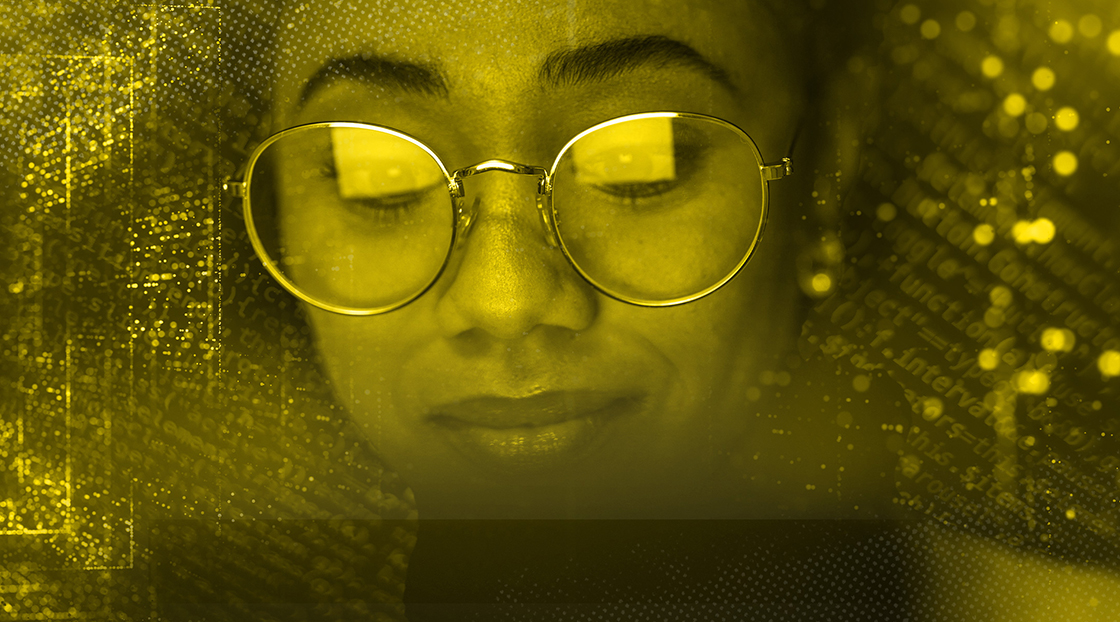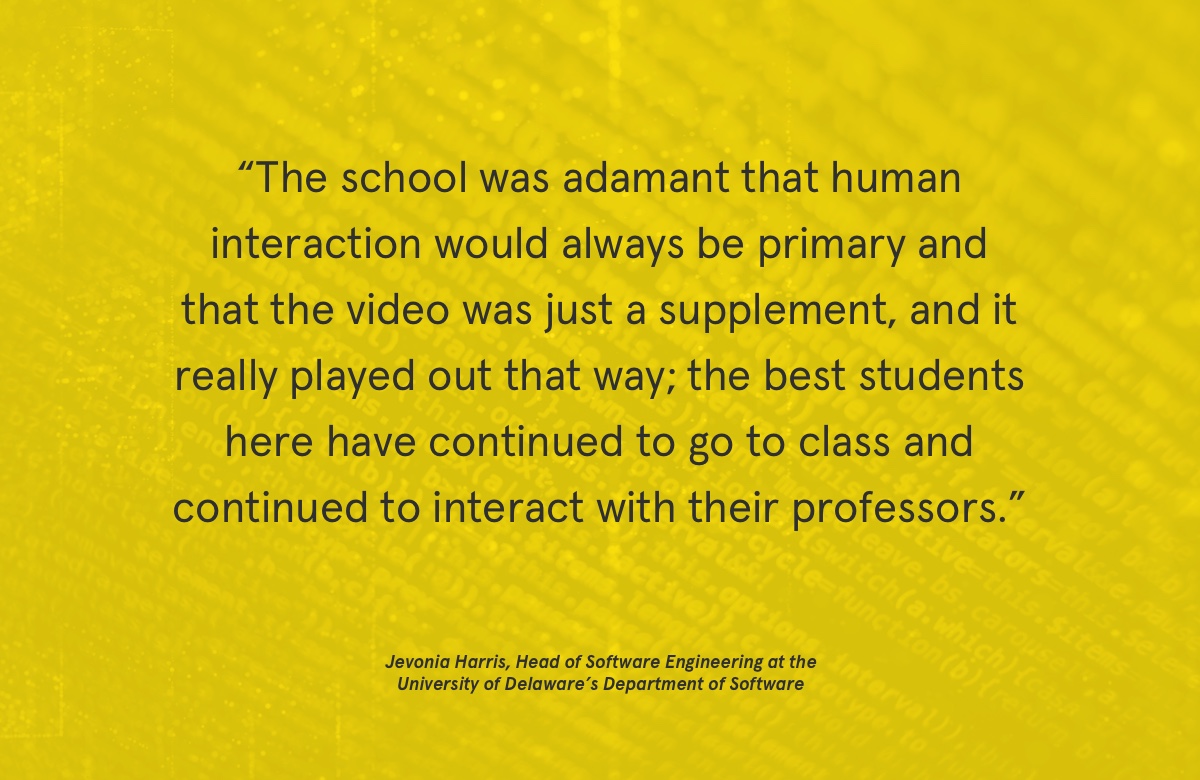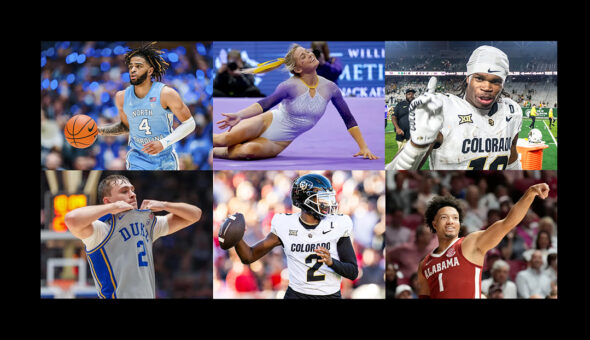Libraries See the Most Potential with AI
Outside of university classrooms and students’ laptops, AI has enormous potential to help school libraries consolidate their vast troves of information into more easily searchable and digestible content, according to a leading higher-ed activist.
Anderson believes the future of university libraries will include AI software capable of providing the “Math 110, Math 120, or Math 430” answers to the same question, thanks to the substantial amounts of university- and course-specific data potentially available on library servers.
Derrick Anderson, the senior VP of education futures at the American Council on Education, believes the future of university libraries will include AI software capable of providing the “Math 110, Math 120, or Math 430” answers to the same question, thanks to the substantial amounts of university- and course-specific data potentially available on library servers.
“I do think that university libraries are going to be reinvented in the near future. If you take AI and you take digital content and you look where universities are and where they could be, I think that’s a domain of innovation that’s potentially transformative.”
At Delaware, Harris and her team are trying. This past semester, associate university librarian Meg Grotti and her colleague Annie Johnson oversaw the launch of UD Stax, a chatbot running ChatGPT 3.5 through subscription-based company Chatbase that developers customized to draw from over 160 pages and 230 frequently asked questions on the library’s website, in hopes of offering students help at any hour of the day. Leaders trained some 20 university library employees on how to update and monitor UD Stax throughout the semester and said the chatbot answered anywhere from a couple dozen to 140 questions per week this spring.
Though not exactly revolutionary at this point, the UD Stax pilot was designed for Grotti and other leaders at Delaware’s Morris Library to get a feel for how much they’d like to invest in AI soon. In addition to gathering feedback from students and faculty, Grotti’s team retroactively reviews each of the bot’s answers to make sure it stays on target.
The biggest issue so far? Fake URLs. Grotti said UD Stax, like some other bots, erroneously gives links to school webpages that don’t yet exist because it’s “anticipating what those resources should look like.”
“This was a huge issue for us,” Grotti said of the fake links. “We know as a library we are a trusted source of information. And we really wanted to minimize the extent that fake URLs were happening. So part of this was trying to spoon-feed the chatbot with easily digestible pages and to create webpages that worked best for it to digest.”
“We understand it’d probably be much better if we were running off GPT 4, but there’s an extra cost to that and we want to make sure we have the funds and want to keep investing.”
Grotti and ACE’s Anderson agree that UD Stax is just scratching the surface of how AI-driven search can transform school libraries.
“I think the relationship between internet search and human learning is not well understood and not even remotely optimized,” Anderson said. “We have generations of technological innovation before we optimize that relationship.”









